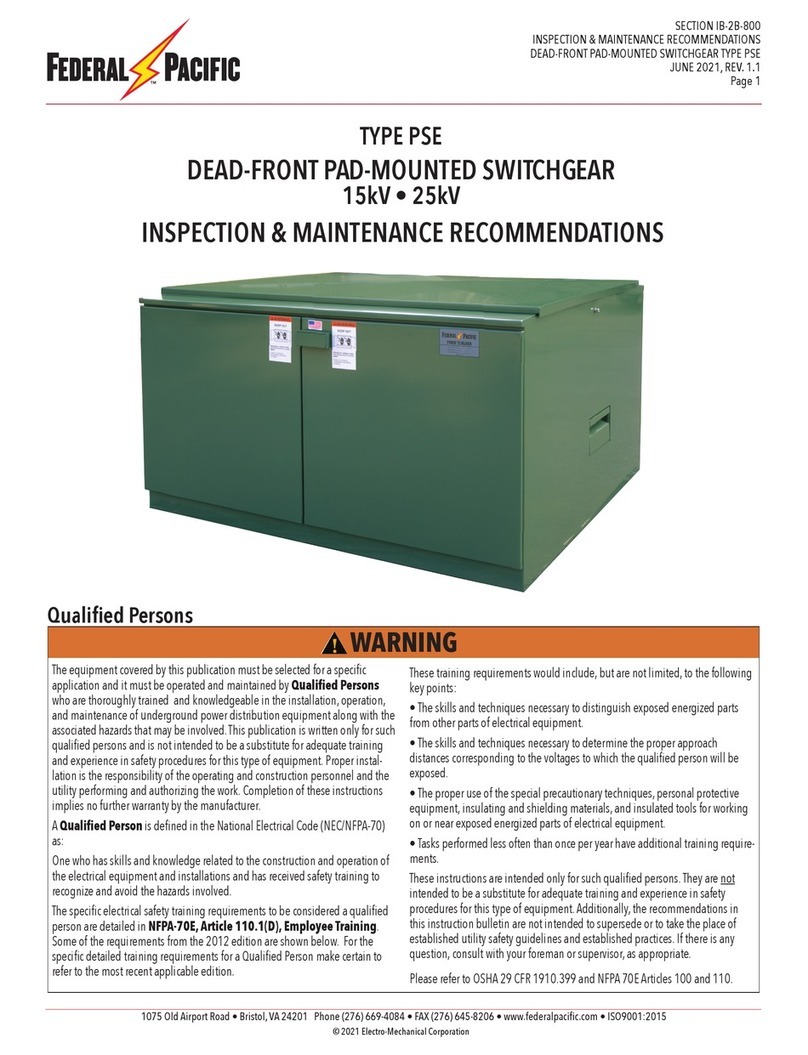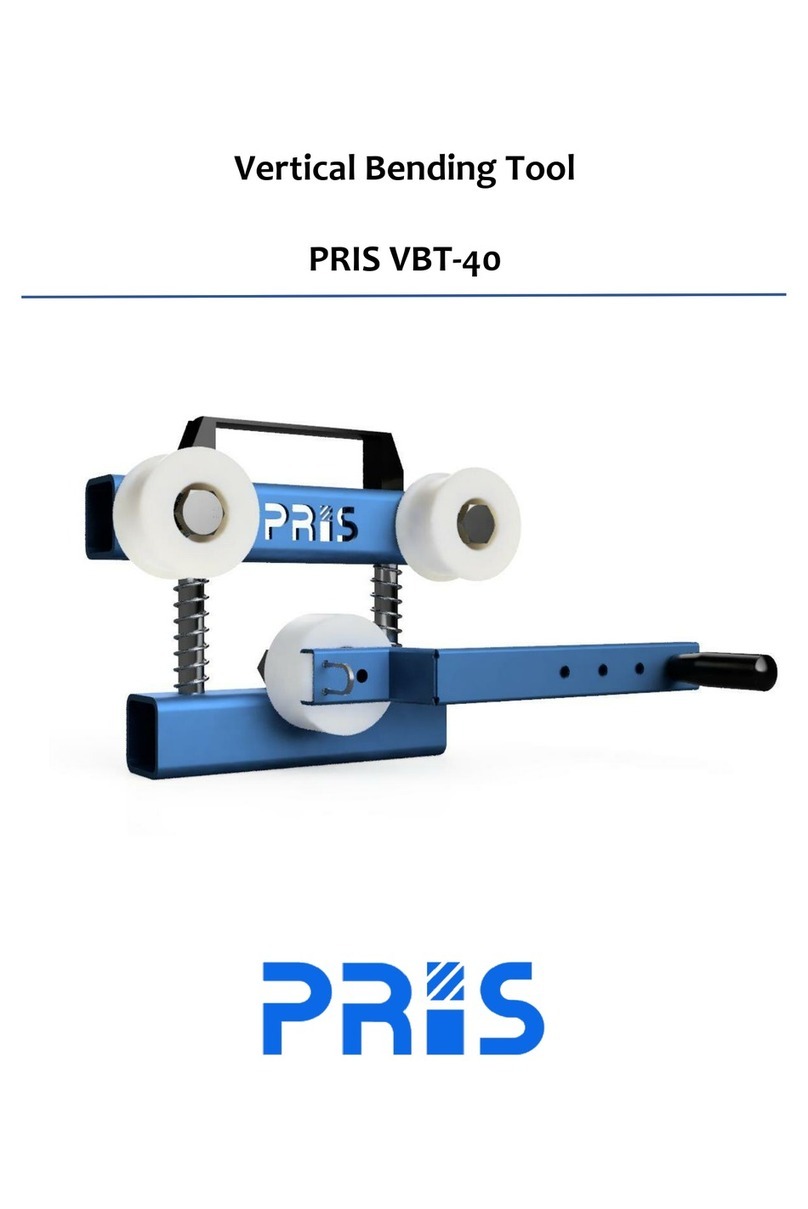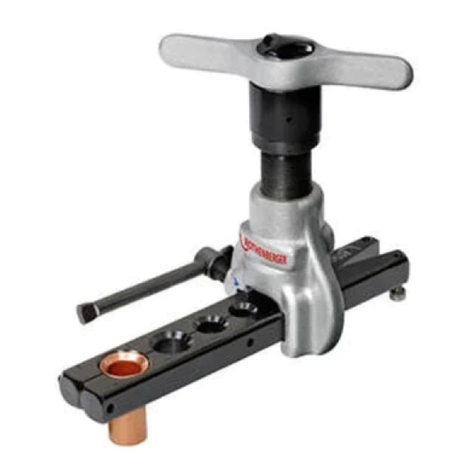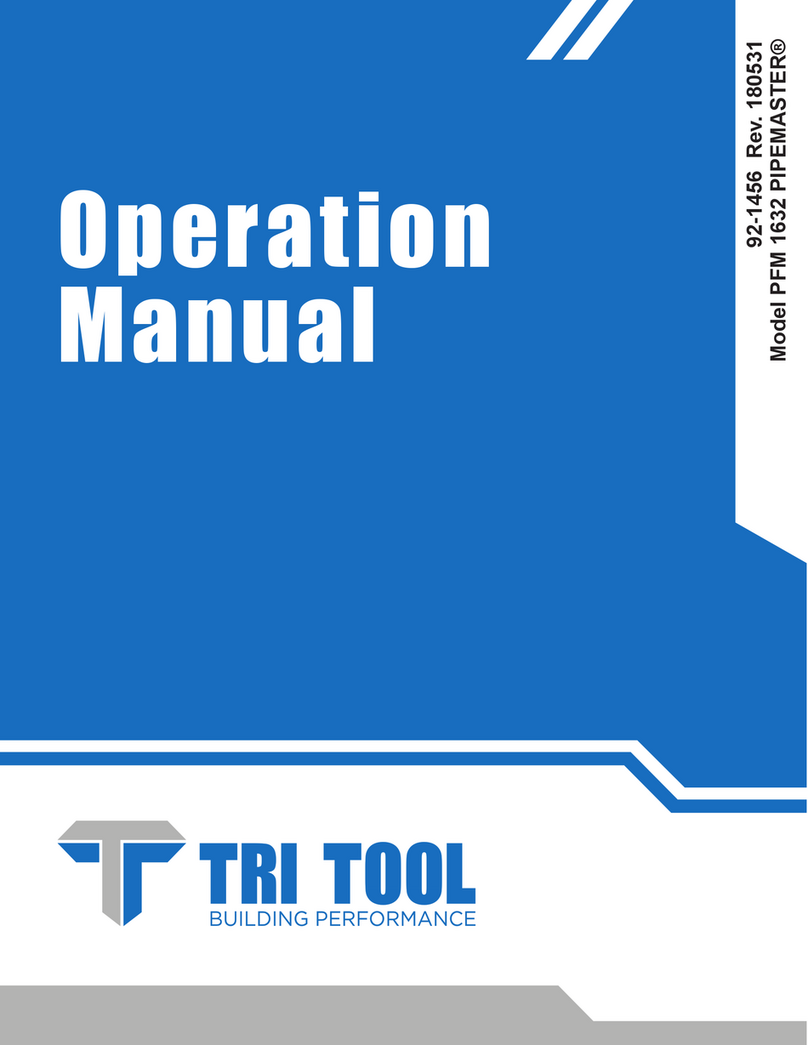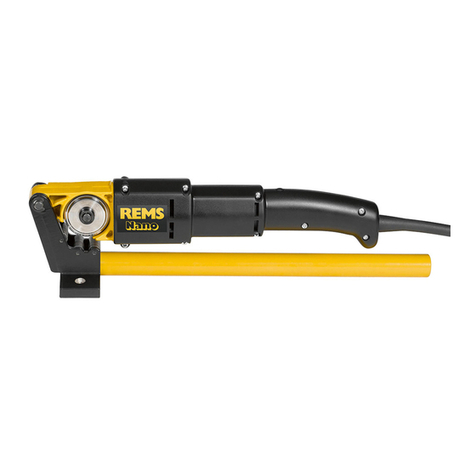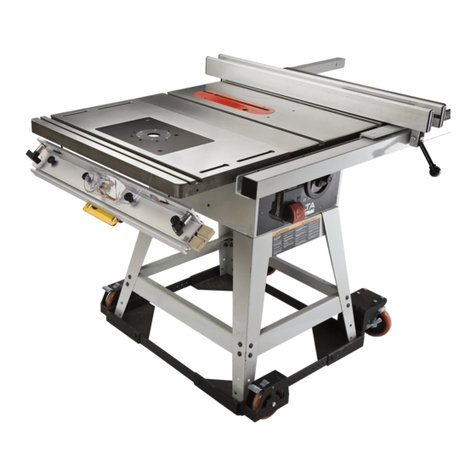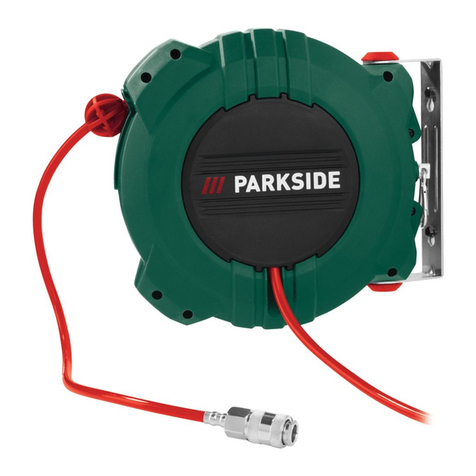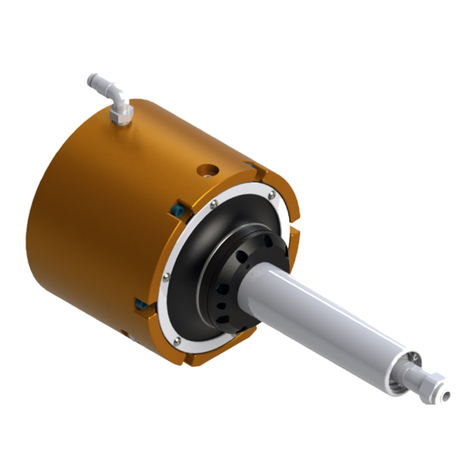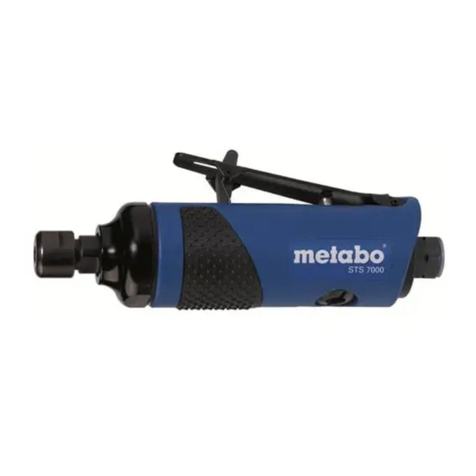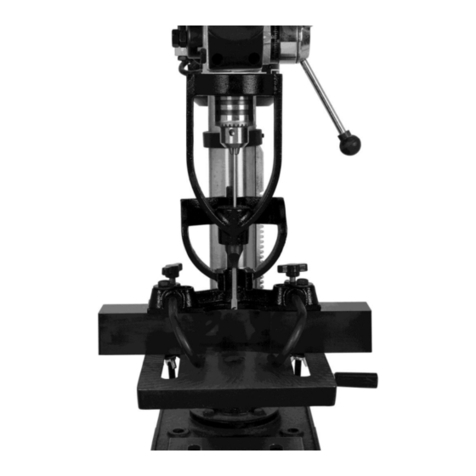FEDERAL PACIFIC PSI Installation instructions

1075 Old Airport Road • Bristol, VA 24201 Phone (276) 669-4084 • FAX (276) 645-8206 • www.federalpacic.com • ISO9001:2015
SECTION IB-1G-805
INSPECTION & MAINTENANCE RECOMMENDATIONS
PAD-MOUNTED SWITCHGEAR TYPE PSI
JUNE 2021, REV 1.1
Page 1
The procedures required for operation of the Federal Pacic Auto-jet®II
Load-Interrupter Switches, the Non-Load-break Fuse Mountings, the
doors, the barriers and other accessory components are covered in
detail in the Federal Pacic Instruction Bulletin Section IB-1G-500.
The inspection and maintenance recommendations covered in this
bulletin are expected to be performed in conjunction with a review
of IB-1G-500. This bulletin does not cover all the detailed and specic
operational procedures and checks. In addition, these instructions are
not intended as a substitute for the user’s standard operating practices
and procedures. A copy of Instruction Bulletin Section IB-1G-500 can
be obtained by contacting Federal Pacic at www.federalpacic.com.
When cleaning components, NEVER use any industrial strength
cleaners. NEVER apply lubricants to the probe contact or the
tulip contact which are the interrupting contacts. NEVER use any
solvent-based or ammable products on any components in the
pad-mounted switchgear. Solvents and ammable products can
attack non-metallic components of the equipment and reduce
electrical and mechanical properties.
TYPE PSI
PAD-MOUNTED SWITCHGEAR
15kV • 25kV • 35kV
INSPECTION & MAINTENANCE RECOMMENDATIONS
Before Opening the Switchgear
The following inspection and maintenance procedures must be
performed with the unit completely de-energized and isolated from
voltage. Any attempt to perform the inspection and maintenance
with the unit energized may result in electrical arc ash that can
cause equipment damage, personal injury or death.
© 2021 Electro-Mechanical Corporation
INSPECTION & MAINTENANCE RECOMMENDATIONS
Qualied Persons
The equipment covered by this publication must be selected for a specic
application and it must be operated and maintained by Qualied Persons
who are thoroughly trained and knowledgeable in the installation, operation,
and maintenance of underground power distribution equipment along with
the associated hazards that may be involved. This publication is written only
for such qualied persons and is not intended to be a substitute for adequate
training and experience in safety procedures for this type of equipment.
Proper installation is the responsibility of the operating and construction
personnel and the utility performing and authorizing the work. Completion
of these instructions implies no further warranty by the manufacturer.
A Qualied Person is dened in the National Electrical Code (NEC/NFPA-
70) as:
One who has skills and knowledge related to the construction and operation
of the electrical equipment and installations and has received safety training
to recognize and avoid the hazards involved.
The specic electrical safety training requirements to be considered a qualied
person are detailed in NFPA-70E, Article 110.1(D), Employee Training.
Some of the requirements from the 2012 edition are shown below. For the
specic detailed training requirements for a Qualied Person make certain
to refer to the most recent applicable edition.
These training requirements would include, but are not limited, to the
following key points:
• The skills and techniques necessary to distinguish exposed energized
parts from other parts of electrical equipment.
• The skills and techniques necessary to determine the proper approach
distances corresponding to the voltages to which the qualied person will
be exposed.
• The proper use of the special precautionary techniques, personal protective
equipment, insulating and shielding materials, and insulated tools for
working on or near exposed energized parts of electrical equipment.
• Tasks performed less often than once per year have additional training
requirements.
These instructions are intended only for such qualied persons. They are not
intended to be a substitute for adequate training and experience in safety
procedures for this type of equipment. Additionally, the recommendations
in this instruction bulletin are not intended to supersede or to take the place
of established utility safety guidelines and established practices. If there
is any question, consult with your foreman or supervisor, as appropriate.
Please refer to OSHA 29 CFR 1910.399 and NFPA 70E Articles 100 and 110.
WARNING
WARNING
DANGER
Maintenance
Federal Pacic switchgear
does not require routine
mechanical or electrical
maintenance. However,
the following are some
recommendations for
enhancing continued
service of the equipment.

1075 Old Airport Road • Bristol, VA 24201 Phone (276) 669-4084 • FAX (276) 645-8206 • www.federalpacic.com • ISO9001:2015
SECTION IB-1G-805
INSPECTION & MAINTENANCE RECOMMENDATIONS
PAD-MOUNTED SWITCHGEAR TYPE PSI
JUNE 2021, REV 1.1
Page 2
1. Exercising
Yearly mechanical exercising of the switch is recommended.
Refer to Instruction Bulletin Section IB-1G-500 for information
on operating the switch.
The switchgear must be completely de-energized from all sources
before any attempt is made to enter switchgear. Follow normal
system operating practices to de-energize the unit, test for voltage
and ground the unit before any work is performed.
2. Cleanliness
Check for cleanliness generally, but particularly for accumulation
of any foreign material on insulators and barriers.
Barriers and insulators can be cleaned with a non-alcohol and
non-solvent based cleaner that does not leave any residue when
dry. Residue must be removed.
Clean skirts of cable terminators and surge arrestors in accordance
with instructions provided by the manufacturers of those devices.
3. Barrier Removal
Fuse and Switch Dual-Purpose Barriers should not be left in
the slide-in position for more than one week. Accumulation
of contamination on the barrier may cause tracking that can
ultimately lead to a ashover. Clean any contaminated barrier per
"Maintenance" instructions above.
The use of interphase, phase-to-ground, and dual purpose front
barriers enhances the operation of pad-mounted switchgear by eld
personnel. The standard barrier system for Type PSI pad-mounted
switchgear includes a removable barrier assembly that allows removal
of phase-to-phase and phase-to-ground barriers from both the
switch and fuse compartments during initial installation and cable
termination or at any other time when the switchgear is de-energized.
When removing barriers, care must be taken to keep the barrier clean
and dry. Contamination on barrier can lead to tracking and arcing.
Clean off any contamination with a non-alcoholic and non-solvent
based cleaner that does not leave any residue.
Removal of the barriers is readily accomplished as follows:
a. Completely disconnect the unit from all power sources.
b. Open main door (see "Auto-Latch Features" and "Auto-Latch
Operation" on page 11 of Instruction Bulletin IB-1G-500) and
secure with door keeper.
c. Remove the dual-purpose barriers from their normal hanging
position (see instructions on pages 3 and 4 of Instruction Bulletin
IB-1G-500). If the optional B4/B5 barrier is provided, it must be
opened and secured before dual-purpose barriers may be accessed
(see page 4 of Instruction Bulletin IB-1G-500).
d. Test for voltage, and ground the unit using the user's standard
practice procedures and using grounding clamps suitable for the
short-circuit rating of the equipment.
e. See "Barrier System Removal" on pages 3 and 4 of IB-1G-500
for instructions on the procedure to follow when removing the
barrier system.
f. Barriers may be reinstalled by following the reverse procedure
to that described on pages 3 and 4 of IB-1G-500.
g. Dual purpose barriers may then be reinstalled.
h. Do not leave dual-purpose barriers in the slide-in position for
more than one week.
4. Switch Operation
Do not put any lubricant on switch probe or puffer tulip contacts. Refer
to section "11. Lubrication". Placing any lubricant on the probe or tulip
contacts (in the puffer assembly) will result in a disruptive event that may
cause equipment damage.
Check switch for proper operation refer to Instruction Bulletin IB-
1G-500. If the switch is closed on a short circuit within the fault
closing rating and the short circuit is cleared by circuit breakers or
fuses, the switch will not sustain damage which would require major
repairs. However, the switch should be inspected before returning
to service to determine switch condition. See Lubrication. Slight
arcing on switchblades and contacts can be burnished smooth
with an emery cloth or paper.
5. Fuse Operation
Open and close fuses and insure proper latching. Refer to
pages 8 and 9 in IB-1G-500. Inspect fuse contact interfaces for
damage and overheating, which will be evidenced by distortion
or discoloration of the contacts. Note that contacts are copper
and may be silver plated. There will be normal oxidation of these
parts. Slight irregularities can be burnished with an emery cloth
or paper. See "Lubrication".
6. Replacement Parts
If parts or labels are required they may be ordered by contacting
Federal Pacic at 276-669-4084 or your local Federal Pacic Sales
Territory Manager or Manufacturer's Representative. A directory
of the representatives can be found at www.federalpacic.com. If
parts are ordered, the unit serial number and date of manufacture
must be provided along with the part description.
7. Electrical Clearances
Check for proper electrical clearances as described in
Recommended Clearances.
NOTICE
WARNING
WARNING
DANGER
CAUTION

1075 Old Airport Road • Bristol, VA 24201 Phone (276) 669-4084 • FAX (276) 645-8206 • www.federalpacic.com • ISO9001:2015
SECTION IB-1G-805
INSPECTION & MAINTENANCE RECOMMENDATIONS
PAD-MOUNTED SWITCHGEAR TYPE PSI
JUNE 2021, REV 1.1
Page 3
Check clearances for both normal
and alternate positions of fuse
termination bus.
Minimum clearance from
energized parts to electrical
ground without barrier.
Minimum clearance from
energized parts to electrical
ground without barrier.
Check clearances for both
normal and alternate positions
of fuse termination bus.
G.E. Type G Termi-matic
Termination System shown.
Minimum clearance from
terminator skirts to barriers.
Minimum clearance from
energized parts to barrier.
G.E. Type G Termi-matic Termi-
nation System shown.
Normal
Position
Alternate
Position
Minimum clearance from
energized parts to electrical
ground without barrier.
Recommended Clearances
15kV, 25kV
Pad-mounted
Unit
Rating
kV, BIL
Recommended Clearances
(Minimum) in Inches
Phase-to-
Phase or
Phase-to-
Ground
without
Barrier
NOTE
Phase-to-
Phase or
Phase-to-
Ground
with Barrier
NOTE
Energized
Bus (or
device) to
Barrier
NOTE
Barrier-to-
Ground in
Vicinity of
Energized
Bus
(or device)
NOTE
Terminator
Skirts to
Barriers
NOTE
95 5-1/2 3" 1" 3/4" 1/2"
125 7-1/2 5" 2-1/4" 1" 1-1/4"
150 10 6" 3" 2" 2"
Minimum clearance
from Terminator Skirts
to Barriers:
in Vicinity of Energized
Parts:
Minimum Clearance
from Energized
Parts to Barrier:
Typical Barrier to Ground
Phase-to-Phase or Phase-
to-Ground
with Barrier:
G. E. Type G Termi-matic Termination System Shown
DANGER
Failure to observe the electrical clearances specied in the
table and illustrated in the diagrams on this page may result
in electrical arc damage, personal injury or death.

1075 Old Airport Road • Bristol, VA 24201 Phone (276) 669-4084 • FAX (276) 645-8206 • www.federalpacic.com • ISO9001:2015
SECTION IB-1G-805
INSPECTION & MAINTENANCE RECOMMENDATIONS
PAD-MOUNTED SWITCHGEAR TYPE PSI
JUNE 2021, REV 1.1
Page 4
8. Maintaining the Exterior
The exterior nish can be maintained by periodic washing, touch up of any scratches
and abrasions, and waxing. For areas to be touched-up, clean the area removing all rust.
Feather the paint of areas adjacent to rusted areas to be painted. Apply a red-oxide primer,
available in spray cans from a local paint supplier or home improvement store. Spray cans
of the topcoat nish are available from Federal Pacic (specify the original color).
9.
Replacing Labels
Replace any missing, damaged or obscure labels. Replacement labels are available
from Federal Pacic.
10.
Lubrication
When maintenance is performed, check for lubrication at the following locations:
Figure 1. Lubricate only the interface between the main-
contact stab and the switch blade marked by arrows.
Figure 3. View shows present
cast fuse main contact at far
left and previous main contact,
which was a weldment, at right
(removed from load-break fuse
mounting).
LUBRICATE ONLY:
1. On the switch main-contact stab. See Figure 1.
2. On the contact interface at the fuse-mounting stationary main contact. See
Figure 2.
3. Fuse Mountings
a. Load-Break Fuse Mountings.
On the forward contact that engages the fuse contact rod and on the fuse
hinge contacts that engage the fuse contact ferrule. The contact rod on
the fuse end tting and the lower fuse ferrule on the fuse unit of the fuse
assembly. Refer to fuse manufacturer's instructions.
b. Non-Load-Break Fuse Mountings
On the upper main contact of the fuse mounting and the contact-rod of the
fuse-unit end tting or the upper-ferrule contact of the fuse holder, and on
the fuse hinge contacts that engage the lower ferrule of the fuse unit or fuse
holder.
4. DO NOT LUBRICATE ANY OTHER AREAS.
5. If lubrication is required apply a coating of NYE Rheolube 363, which is the
only approved lubricant.
11.
Verify Security Devices
Verify the operational integrity of security devices such as door latches, penta-
head bolts, hinges and key-interlock systems. Make certain padlocks are properly
installed on all doors and covers.
12.
Specication
Torque Value: For bus bar connections, apply 50 foot-pounds torque to 1/2-13
UNC 18-8SS (or equivalent) hex bolts. For other bolted connections, refer to factory.
High-Pot Test Value: After cleaning and restoring equipment, Per IEEE C37.74 — 75%
of 35kV for 1 minute.
Figure 2. Lubrication points on load-break fuse mounting (at top)
include three contact locations,namely,the main contact, forward
contact and fuse hinge contacts.Two lubrication points on non-
load-break fuse mountings (above).
Fuse-hinge contacts that
engage the fuse contact
ferrule
Contact interface at
stationary main contact
casting (or rod on main-
contact plate for older
designs)
Forward contacts
that engage the fuse
contact rod
© 2021 Electro-Mechanical Corporation
Lubrication is NOT required on any other surfaces than the locations identied
below. Applying lubrication in other areas may reduce mechanical and electrical
performance. DO NOT OVER LUBRICATE!
WARNING
Other FEDERAL PACIFIC Tools manuals
